
vie-magazine-writers-life-feature
Hwy. 30-A and Michigan Author Pursues the Writing Life
and Works to Avoid Being Late for His Life:
New Grayton Beach Historical Novel Recently Completed
By Michael Lindley
A soulful lyric from a Mary Chapin Carpenter song caught me by surprise that day in 2002, and left me stunned by the possibilities. “The question begs, why would you wait? Don’t be late for your life.” Her words spoke to me as a haunting reminder of all the things in my life that I had yet to accomplish, particularly finishing one of the many novels that I had started years earlier. “Don’t be late for your life.” I found myself playing the track over and over in the coming weeks, hearing the song echo in my mind late into the night. Perhaps it was even more riveting with the approach of my fiftieth birthday that next year and the sobering reminder that I was nearing the late summer, if not the autumn, of life’s marvelous journey.
The question also begs, how do any of us choose our life’s work? As a young boy I dreamed of being a writer and a fisherman. I was able to keep half the dream alive, spending countless hours in an old wooden dinghy fishing with my grandfather, and in later years pursuing fish on distant trout streams and saltwater flats. But the thrill that writing brought me, even as a child, faded in my early adult years. Surely it must have been the gritty realities of finding gainful work after years of study in college, and then the pressing financial responsibilities of children and family.
[double_column_left]
And then thirty years pass by … seemingly in an instant.
My professional career as an advertising agency and marketing executive has been more than challenging and rewarding, and I have no regrets as I continue to pursue that line of work in a very fulfilling job. And yet, throughout that period, there was the nagging sense of lost time. Each year that passed was another year that I hadn’t returned to one of the early novels that I had started in college and never finished; those early pages punched out on an old typewriter before PCs and Macs became a fixture in our lives.
[/double_column_right]So the transforming wake-up call of a milestone birthday and a haunting melody sent me off on a wonderful new pursuit—the renewed thrill of telling a good story.
The past eight years have been an exciting, fulfilling, maddening and humbling ride through the art and business of writing. I’ve learned many lessons along the way and continue to come upon new surprises and insights. Certainly the craft of writing well is a daunting challenge, but the business of writing can be even more demanding. Attempting to truly break through to gain a meaningful audience with a traditional publisher creates its own unique tests of will. Finishing your first novel provides great personal satisfaction, but selling that work soon becomes a sobering task. Many writers quickly come face-to-face with writing’s ultimate irony and frustrating catch-22 … to be published you need to secure a literary agent, but to interest an agent in your work you first need to be published. Excuse me?
But, of course, many writers do break through with agents and mainstream publishers with first novels, many of which even find substantial commercial success. There is no real science available that I’m aware of, only the fundamental necessities of first writing a great story, then having a dogged persistence in not taking “no” for an answer, and finally a very thick skin to deal with the relentless rejection that so many writers must face.
[double_column_left]
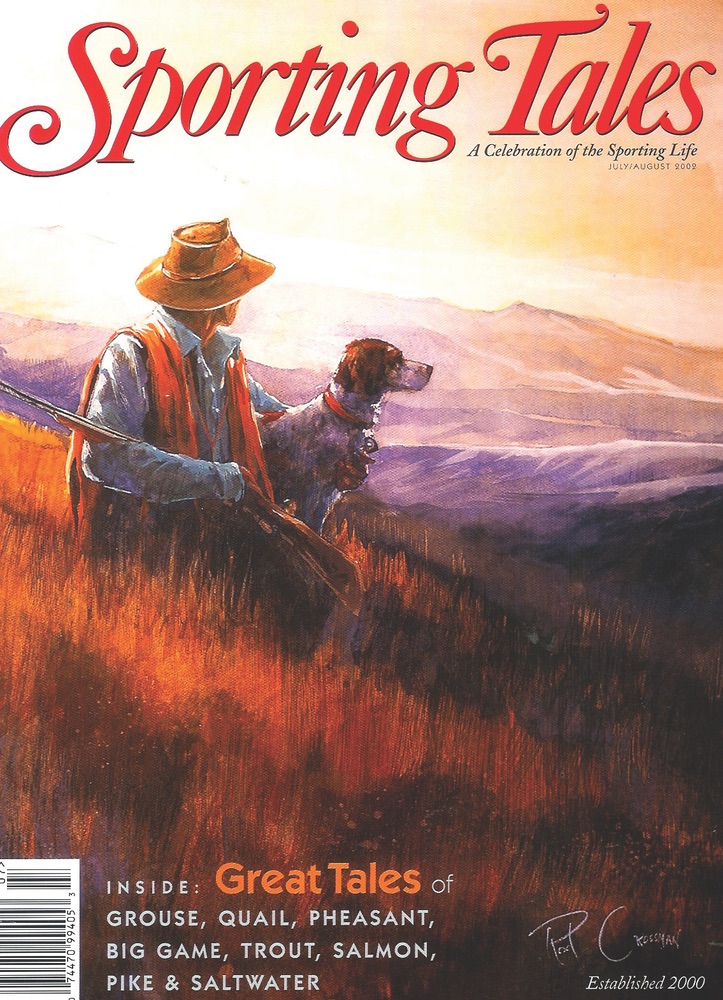
I finally returned to work on a novel after that fiftieth birthday wake-up call—a piece of work that I had started years earlier—this time with a new sense of purpose to let nothing stand in the way of completing the task. I did find myself sidetracked along the way with efforts to build some measure of publishing credibility. I was fortunate enough to sell a short story to a literary outdoor magazine, Sporting Tales. It was encouraging that the publication had previously featured the work of many great writers, including Ernest Hemingway and Zane Grey. During that time I was also able to sell several feature stories to a lifestyle magazine to add to my résumé.
My first novel, The Seasons of the EmmaLee, was released in 2006. The story was born from exploring my family’s history in the beautiful and idyllic resort area of Lake Charlevoix in northwest Michigan. My great-grandparents immigrated there in the early 1900s. My great-grandfather found work in the lumber trade and later became an accomplished carpenter and home builder. Many of the cottages he built on Lake Charlevoix and nearby Walloon Lake, where Hemingway spent the summers of his youth, are still there today. Our family also operated a small boatyard and marina, and I have wonderful memories of time spent there as a young child in the 1950s and ’60s.
I was always fascinated by the incredible wealth of the “summer people” who came north each year to their seemingly palatial summer homes in the exclusive resort associations like the Belvedere and Chicago Clubs in Charlevoix, and Bay View up in Petoskey. Even more intriguing were the incredible sailing and cruising yachts that many of these families owned. A photo of my great-grandfather working on the magnificent Yawl Cat, owned by a summer family from Walloon Lake, was a reminder for me of the clearly defined class distinctions of our own working-class family and the wealthy summer visitors that we served.
All of this sparked the first elements of the story of The Seasons of the EmmaLee, a love story and family saga set in Charlevoix, Michigan, in the 1940s, with a parallel story in present day. Jonathan McKendry, son of a local boatyard owner, falls in love with the daughter of a prominent summer family who own the magnificent cruising yacht, the EmmaLee. A tragic death and devastating accusations bring the two cultures crashing together, creating an even greater divide.
It took four years to complete the book, with countless revisions—including having the manuscript professionally edited—before it was ready for submissions. I eagerly began the process of sending query letters to literary agents that I knew represented historical fiction. Within six months I had received over thirty rejections, most with a polite note saying that the work wasn’t quite what we’re looking for. The first rejection letter was probably the most difficult to accept when my anticipation was so high, but each subsequent letter opened with a “no, thank you” was a continuing disappointment. In my background work, trying to better understand the publishing industry and process, I had learned that this level of rejection was to be expected. Many successful writers have endured dozens of rejections, but it was still more than frustrating when not a single note of interest in the book arrived in those first months.
About that time, I met another writer who had recently decided to self-publish his first novel after several years of unsuccessfully trying to connect with a literary agent or trade publisher. The idea intrigued me and seemed a logical way to bring the book to the marketplace, to hopefully gather positive reviews and sales success that I could then take to an agent or publisher to either extend the life of this first book or to sell subsequent novels. All of that progressed as I had hoped, except the final part about actually securing an agent and publisher.
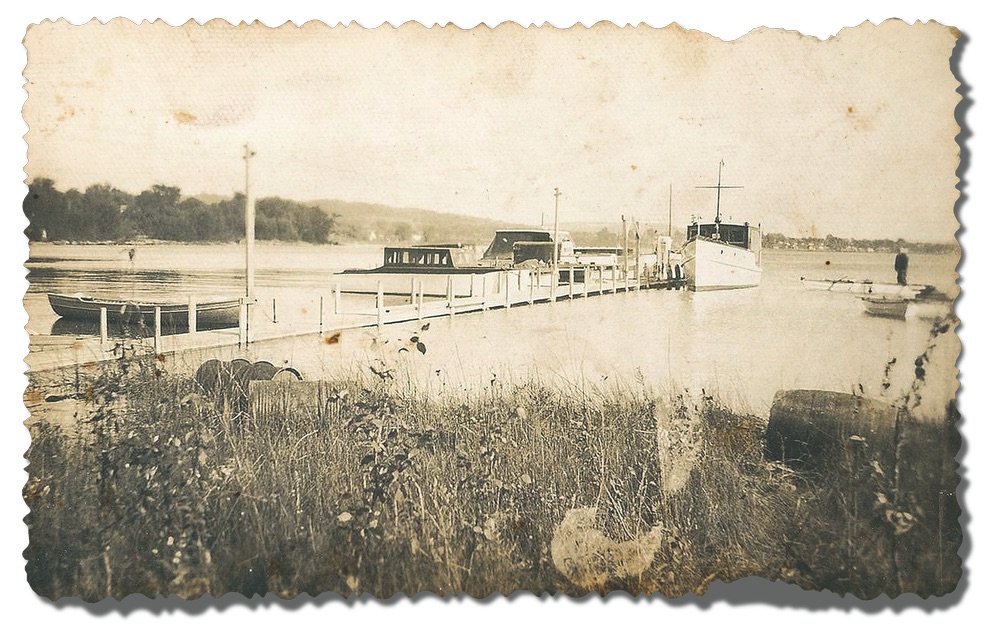
The Seasons of the EmmaLee did indeed receive strong published critical reviews. It was also named “book of the month” by a prominent book retailer in Michigan and later became a number one regional fiction bestseller. It has also achieved what many would consider strong sales success. Industry reports reveal that of the many thousands of new books brought to market each year, over 90 percent don’t sell more than a hundred copies; 95 percent don’t sell more than a thousand copies. The average self-published book sells about seventy copies. To date, as a self-published novel, distributed only in my home state of Michigan, EmmaLee has sold nearly three thousand copies and continues to be regularly stocked by independent and major chain bookstores in the state.
This would seem to be a compelling case to take to the traditional publishing community, but like many writers, I soon found that the stigma of self-publishing continues with many agents and mainstream publishers. I was even told by one industry professional that “self-published” means “unpublishable.” These feelings are not without cause. Many self-published titles are, unfortunately, poorly written and produced. But, this is not an absolute in the business, and more and more self-published books and writers are being “picked up” by traditional publishers, with many finding strong commercial success. The prolific legal-thriller author John Grisham is certainly the high standard.
[double_column_left]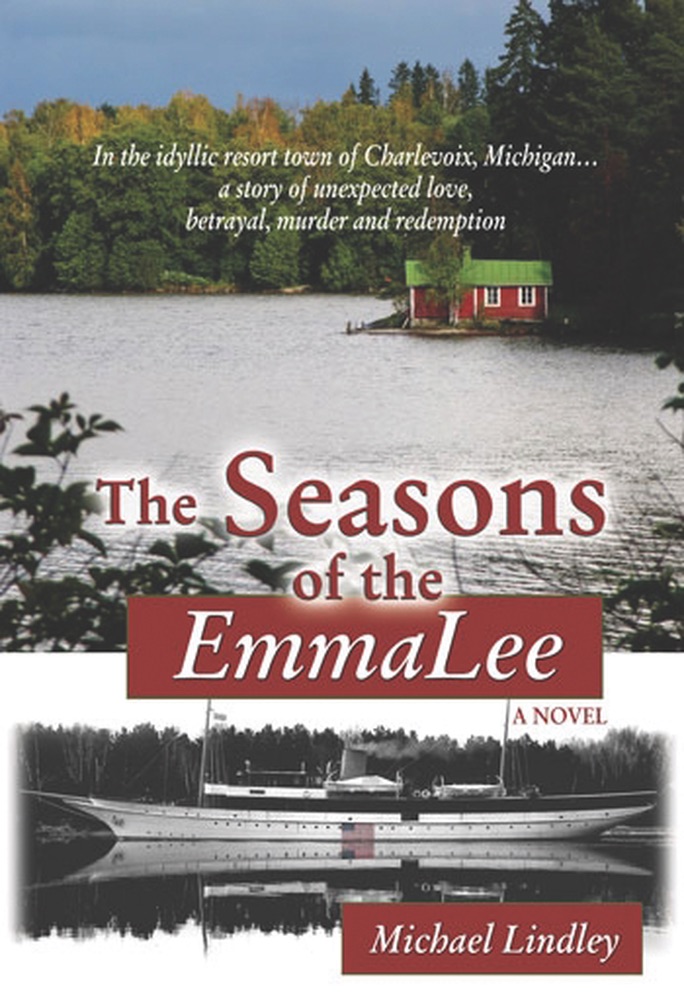
New technologies for improved print-on-demand publishing and, more recently, many new e-book publishing options make it easier for writers to consider these approaches to get their work to the reading public. Is the stigma of self-publishing simply the arrogance of the closed society of traditional publishers, perhaps threatened by the continued onslaught of self-published books? Many blogs and insiders argue this is the case, but it may also likely fall to the simple fact that there are so many good writers and stories available, that agents and publishers can continue to be quite selective, looking only for original “unpublished” work. It’s interesting that independent filmmakers and musicians are often lauded for their efforts to produce their own work, while writers continue to face roadblocks.
[/double_column_right]It seems that even being acquired by a traditional publisher is no guarantee of success. According to industry reports, only about 8 percent of traditionally published books turn a profit, and as high as 70 percent of books in some categories distributed through book retailers are returned to the publisher unsold. This helps to clarify why agents and publishers are so selective in partnering with new authors.
I have found my journey of self-publishing through my own imprint, Sage River Press, to be quite rewarding yet extremely demanding. Bringing the book to market has essentially become much easier, although the writer has to assume all of the production costs and logistics. Securing distribution is its own unique challenge, again with the self-published stigma causing some retailers to balk at certain titles. I have worked hard to reach out and build strong relationships with independent booksellers, and was fortunate to also secure regional distribution in the major chain bookstores.
The harsh reality then becomes the fact that most books won’t sell themselves simply because you’ve gained shelf space in the retail outlets. You’re now competing with tens of thousands of other titles, many from established authors with strong followings and platforms to launch their subsequent books. All successful authors have to reach out aggressively to find their own audience and expose their work to potential readers. A press release to announce your new title is only a first step. Marketing your new book successfully requires a relentless effort to pitch your story to broadcast and print news outlets, to travel to bookstores and libraries to present your work, as well as to partake in special events and partnerships to connect with new readers. More recently, social media like Facebook and Twitter have created wonderful new opportunities to expand a writer’s audience.
[double_column_left]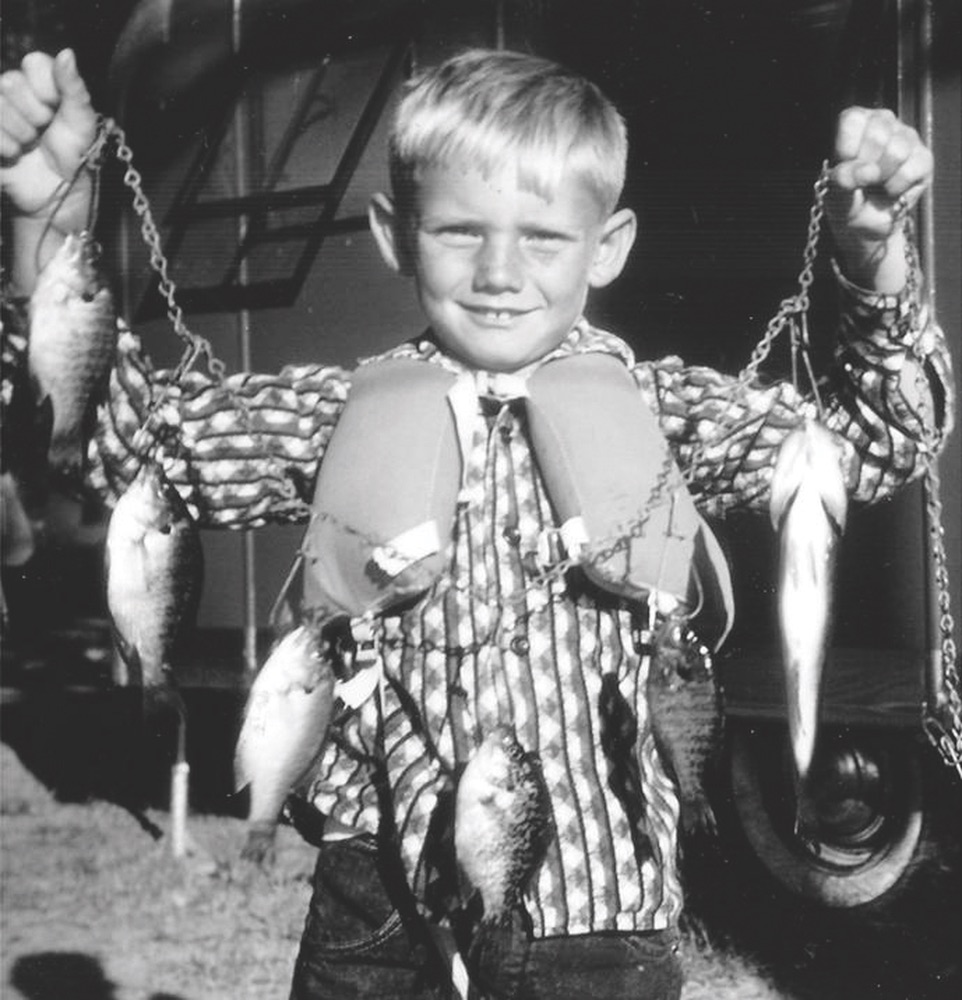
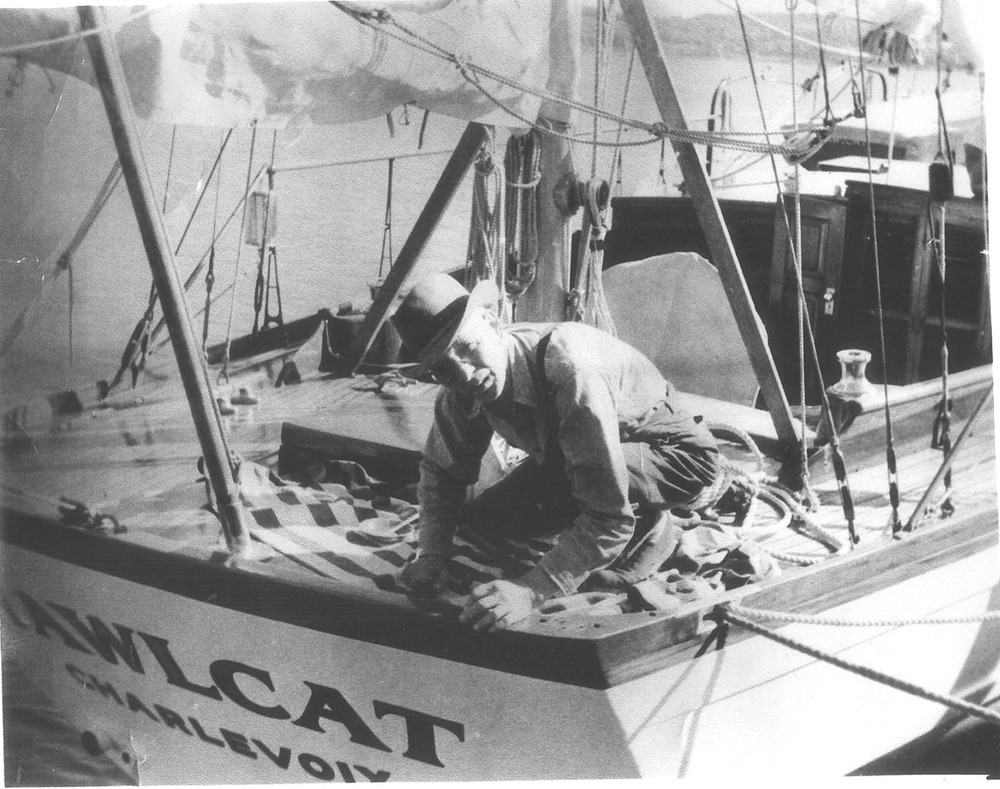
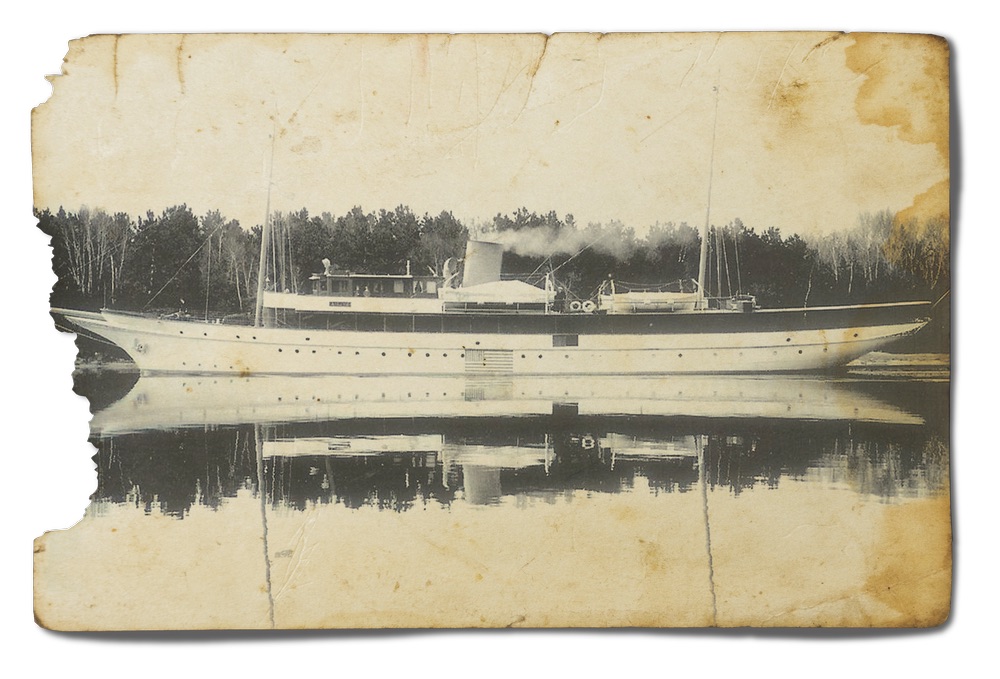
With a marketing background, I found much of this to be relatively easy from a process standpoint, but extremely demanding from a time commitment perspective. The hours invested, however, provide great return, and I’ve actually come to enjoy the time spent at book signings, library readings, book club appearances and media interviews. I also speak often at community organizations like area Chambers of Commerce and Rotary Clubs, sharing the story of my books, the balance of career and family, and a renewed passion for a second career as a novelist.
I’ve found that not all marketing efforts are as productive as others. I was invited to do a book signing event at a prominent national book retailer in Saginaw, Michigan. My signing table was set up at the front of the store stacked with copies of my new novel, and I was ready to spend a fruitful couple of hours meeting with new readers. I started noticing sizable crowds arriving and was at first excited but then quickly understood why they were really coming into the store. Without realizing it, I had agreed to the date not knowing that the next installment in the Harry Potter series was debuting that day. Literally hundreds of Potter fans came in during that two-hour period and lined up to buy J. K. Rowling’s new book. Not one of them had the time for me and my book, as they all hurried off to start reading their new Harry Potter treasure. And then I got pulled over for speeding on the way home; just another day in the life of a struggling new writer.
Most rewarding are the times when you truly connect with one of your readers. I was doing an author event at the Charlevoix Public Library, and during the book signing a woman in her nineties came up with her daughter. She offered her copy of The Seasons of the EmmaLee for me to sign and then went on to say that she had “lived my story.” I came to learn that she had grown up in the Belvedere Club as a young girl during the 1940s in Charlevoix and had attended parties on the great yacht that I had used to pattern my story. She told me how much the story had moved her and taken her back to the memories of her youth. These are the days and the experiences that keep me writing.
With the success of my first novel, I decided in 2008 to again self-publish, this time my second book, On Past Horton Creek, a sequel to the original story. The book continues on a similar path of critical and commercial acceptance as EmmaLee.
Now, my third novel is recently completed. Grayton Winds, another work of historical fiction, is a story of troubled relationships set in the beautiful remote village of Grayton Beach on the northern Gulf Coast of Florida during the 1920s, a remarkable period of ruthless bootleggers and killer hurricanes. In spite of past success in bringing my first two books to market myself, I’ve determined that I want to take the time to connect with a literary agent and finally try to break through with a traditional mainstream publisher, hopefully to gain a broader national audience. This may take a few months or a few years, but, if nothing else, I’ve learned the lesson of persistence in this business of writing and publishing.
Whether my work ever moves on to this next level of acceptance remains to be seen. One thing I’m quite sure of, however, is that only those who abandon their dreams and fall victim to the disappointment of rejection and slow acceptance will fail to see their work achieve all that it may be capable of. Of course, commercial success is only one small measure of accomplishment. I’m sure at least some fellow writers will agree that the greatest reward comes when a reader reaches out personally to say that our work has touched them, has made them feel real emotion for the characters and the stories that we create. That is no small accomplishment and more than enough for many of us.
For me, personally, there is the additional reward in knowing that I’m still pursuing the passion for simply telling a good story.
Nineteenth-century English novelist Mary Ann Evans, writing under the pseudonym of George Eliot, wrote, “It’s never too late to be who you might have been.”

An excerpt from Grayton Winds, a new and as yet unpublished novel from Michael Lindley:
Prologue
Grayton Beach, Florida, 1985
In my life there were choices that often cause me to lie awake at night and think back on how different things might have been. I try to remember that there were always other people to consider, other consequences.
As I sit on the deck of our house along the beach, the curve of cloudless sky stretches to the far horizon with nothing to stop the push of the outgoing tides and winds for a thousand miles. The brilliant white sand and storm-swept live oak nestled through the dunes give a sense of wild timelessness. Between lapses where I’ve dozed off for a while, I’ve found the memories of this place coming back to me in rushing swells of joy and regret. I first came to these quiet shores nearly sixty years ago as a young man searching for something new in my life. Behind me were the scars of war and lost love, and bitter memories of a family mired in deceit and corruption. I close my eyes against the glare of the late morning sun and think back again on all that came to pass in those early years after the first war in France, and the people and events that led me to this little town of Grayton Beach along the northern Gulf Coast of Florida.
Later today we will gather with family and friends to celebrate another collection of birthdays, including my own eighty-fifth. It will be a joy to have so many of us around the big table again this year. My daughter will play the piano and lead us all in song. I always read a few passages from one of my books or short stories when we’re together.
My last book was published shortly after my wife’s death ten years ago. I rarely put words to paper anymore. Arthritis in my hands keeps me away from my old typewriter, and I haven’t the patience to work with anyone to have them transcribe any more stories. I felt it only fair that the book not be released until some of the people in my life had passed on. I knew that the threads of truth in the story may have been painful to some, but in the end it seemed important, at least to me, that this version of the story be told. I offer no apology at this late age for an act of clear selfishness.
One of my granddaughters is calling me now to come downstairs. There is someone at the door to see me. With only one leg that works and old age doing its best to render that one useless, I make my way down the steps slowly and with great care. My granddaughter Meredith is standing at the open door and a woman is there on the front porch. She has a scarf on and with the bright sunlight behind her from the outside it’s difficult to see. Her face is only a shadow.
“Is that you, Mathew?” she says softly, her voice barely a whisper. A gust of wind blows in from across the white dunes of Grayton Beach. When I hear her voice, I feel the burdens of the past lift from my heart.
— V —

Michael Lindley continues to pitch his new novel Grayton Winds to agents and publishers. His work can be previewed at www.michaellindley.net or his writer’s blog at http://lindleyswriterblog.blogspot.com.
Share This Story!
KEEP UP WITH THE LATEST STORIES FROM VIE
















































































































































